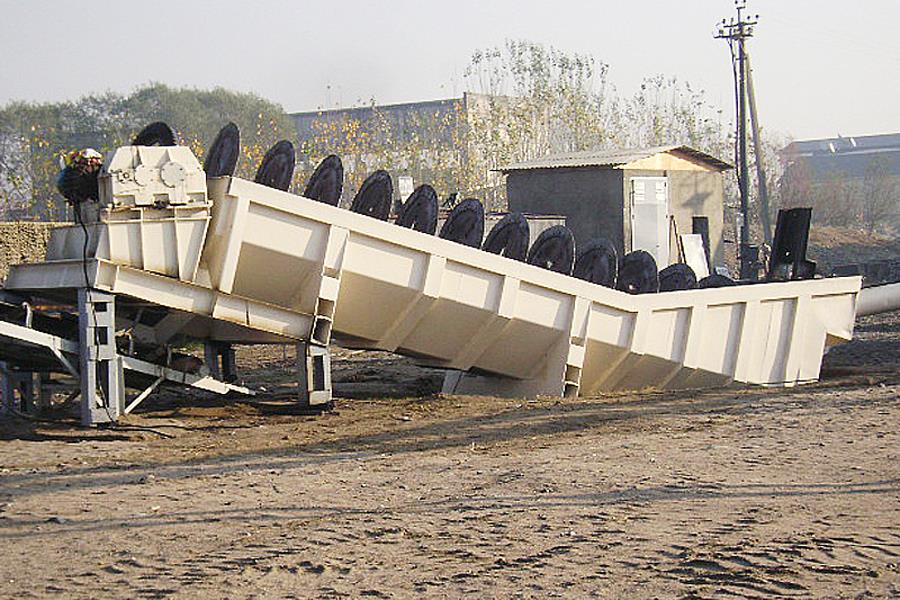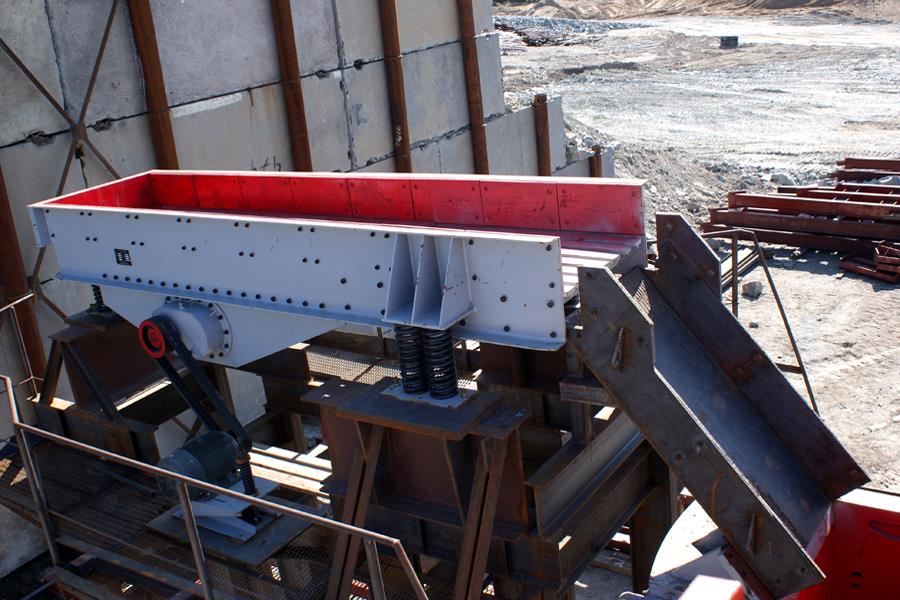
Factors affecting the output of cone crusher
1.The number of swing of cone crusher
The number of oscillations of a cone crusher is one of the key factors affecting the capacity of a crusher. Due to the limitation of crushing cavity engagement angle and parallel discharge area, the crushed ore mainly relies on gravity and vibration to discharge along the cone slope. When the number of spindle rotations increases, the ore can be easily discharged, but the number of rotations is too high, which is not conducive to ore discharge and sometimes will cause flying cars and unable to produce. Generally the number of rotations is controlled within the range of 6~10r/min. Therefore, the number of oscillation of the crushing wall has a certain constraint on the increase of production capacity.
2. The length of parallel crushing zone
Parallel crushing zone is the guarantee area for uniform size of cone crusher. If the length of parallel zone increases, it is good for size control, but the discharge capacity is relatively reduced; if the length of parallel zone decreases, it is good for discharge, but the size of crushed ore is not easy to guarantee.
3. The size of the meshing angle
The angle between the cone crusher molar wall and the crushing wall is called the meshing angle a. The meshing angle is generally 22-23°, the maximum is 27°. If the meshing angle is too large, the ore will easily slip in the crushing cavity, reducing the production capacity and increasing the wear and tear of the liner and the power consumption; if the meshing angle is too small, the crushing cavity will be too small and the amount of ore to be accommodated will be relatively reduced, affecting the output and increasing the manufacturing cost of the equipment and the height of the machine.
Choose OCP's products, we will have professional technicians to configure the most suitable production line for you, consult our customer service for details and provide free consulting services.









